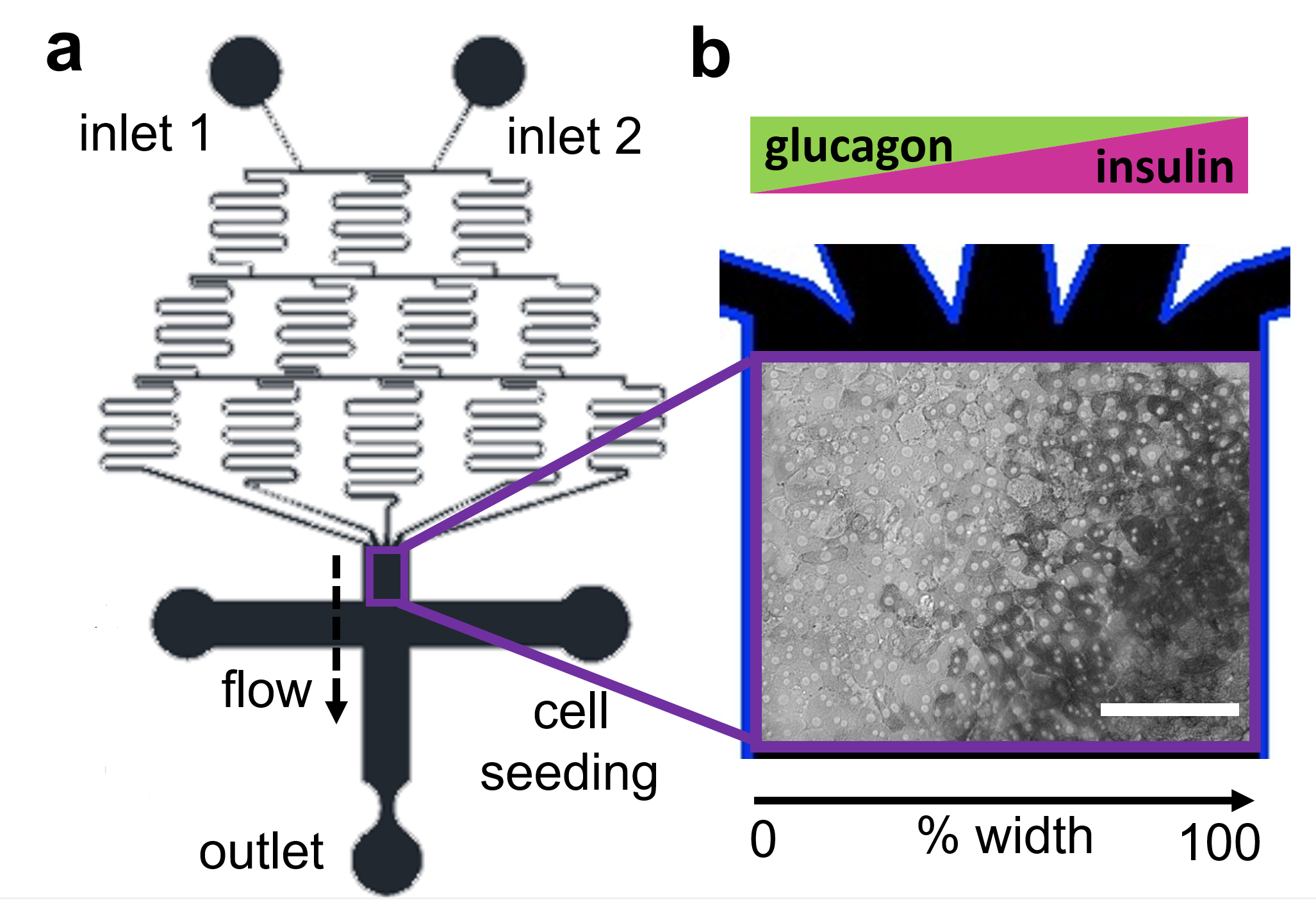Researchers develop liver model displaying metabolism zonation
Click Here to Manage Email Alerts
According to data published in Scientific Reports, researchers at Massachusetts General Hospital developed a liver model displaying zonation of distinct metabolisms, unlike previous models.

Martin Yarmush
“Investigators have been developing in vitro liver models for 40 years, but all of those systems ignore the distinct patterns of metabolically active hepatocytes that exist within the liver sinusoid,” Martin Yarmush, MD, PhD, director of the Massachusetts General Hospital (MGH) Center for Engineering in Medicine (CEM), said in a press release. “We hope this tool, which displays zonation of carbohydrate and nitrogen metabolism, in addition to drug detoxification and alcohol degradation, will improve our ability to understand and predict the effects of toxins and new drugs on the liver.”
Because hepatocyte metabolism is not uniform across the liver, newer liver models use cell consumption-based oxygen gradients, the researchers wrote. However, replicating the physical environment of the liver does not achieve zonation across many metabolic functions and the underlying spatial differences in hepatocyte genetic expression can play a dominant role. Both of these things suggest that chemical stimulation would create a better model than consumption-based oxygen gradients.
“The liver is a chemical processing plant, but it’s not a single vat; different locations within the liver react different to drugs and toxins,” William McCarty, PhD, postdoctoral fellow at MGH-CEM, said in the release. “Here we exploited microfluidics to control the metabolism of liver cells down to a resolution of a few cells, allowing us to create liver tissue that shows the same patterns of toxicity caused by differences in drug metabolism as the liver in your body.”
Yarmush and colleagues developed a microfluidic device that distributes hormones and other chemicals across a 20- to 40-cell-wide sample of hepatocytes in a way that accurately replicates metabolic variation in the liver. In the device, they applied both insulin and glucagon as well as 3-methylcolanthrene.

In this liver model schematic, adding glucagon to inlet 1 and insulin to inlet 2 distributes the hormones across the field of hepatocytes in the purple box, which alters the cells’ metabolism from glucose release on the left side to glucose uptake on the right.
Source: William McCarty, PhD, Massachusetts General Hospital Center for Engineering in Medicine
Using periodic acid-Schiff staining, they were able to observe a gradient in glycogen storage. Using carbamoyl phosphatase synthetase I staining, they observed a gradient in urea production. After exposure to allyl alcohol and acetaminophen, they observed a gradient in cell viability. All three of these observations demonstrated the creation of carbohydrate, nitrogen, alcohol degradation and drug conjugation metabolic zonation.
“While further replication and validation using more compounds are needed, this study demonstrates the importance of fine control of liver metabolism,” Berk Usta, PhD, investigator at MGH-CEM, said in the release. “Since many liver pathologies also show regional variation, this tool may also serve as a basis for models of liver disease.” – by Will Offit
Disclosure: The researchers report no relevant financial disclosures.
